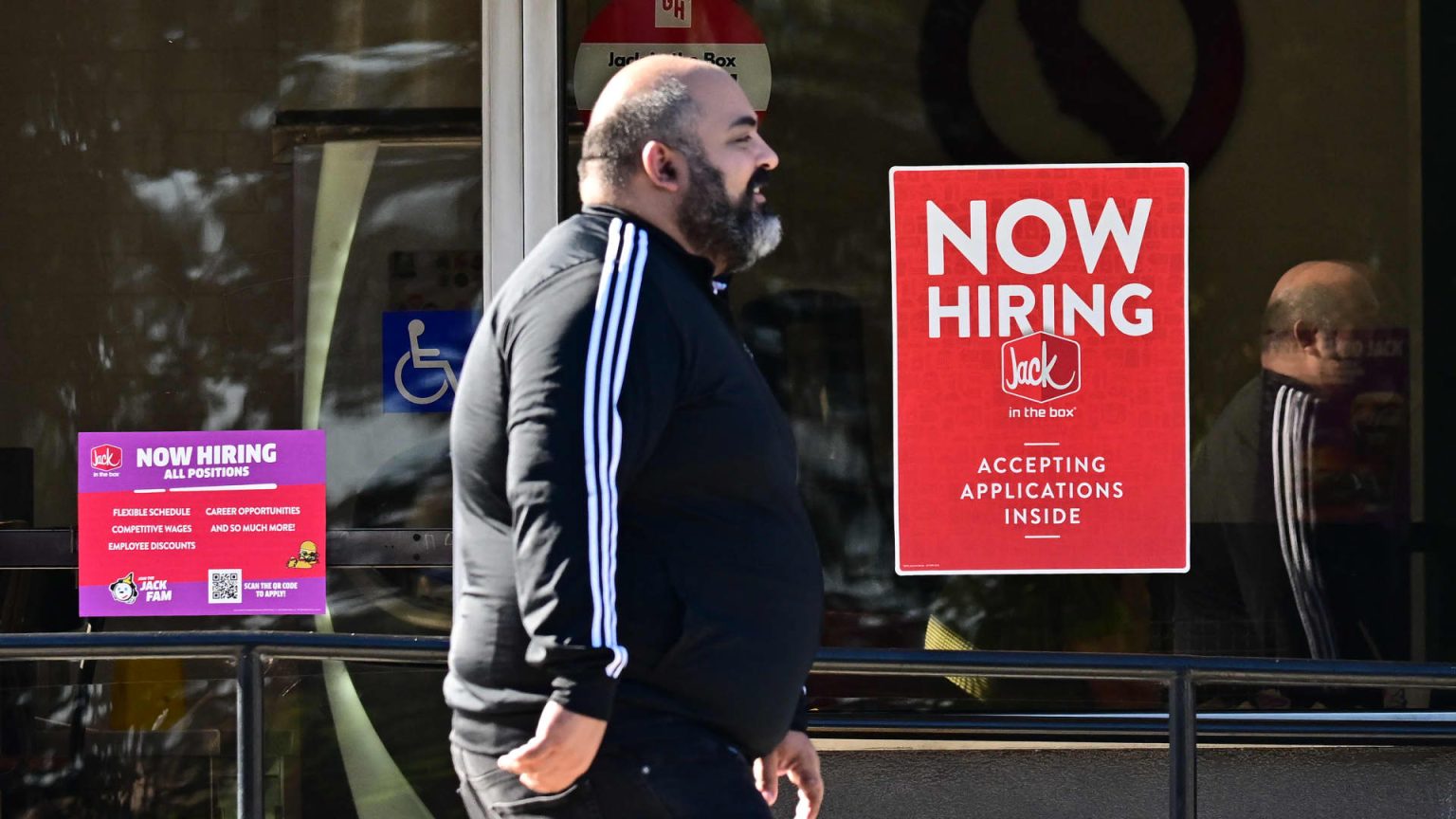In July, job openings fell to their lowest level in 3½ years according to the Labor Department’s Job Openings and Labor Turnover Survey. Available positions dropped to 7.67 million, down 237,000 from June and the lowest level since January 2021. Economists had expected 8.1 million job openings. The ratio of job openings per available worker decreased to less than 1.1, about half of its peak of more than 2 to 1 in early 2022. This data supports the case for the Federal Reserve to lower interest rates, as it indicates slack in the labor market and a cooling economy.
Federal Reserve officials are expected to lower interest rates at their next policy meeting on Sept. 17-18, and the JOLTS report serves as an important indicator of labor market strength. Nick Bunker, head of economic research at Indeed Hiring Lab, stated that the labor market has dropped below its pre-pandemic temperature, warning against further cooling. Layoffs increased to 1.76 million in July, up 202,000 from June, while total separations rose by 336,000, pushing the separations rate to 3.4%. However, hires also increased by 273,000, with the rate at 3.5%, slightly better than June.
The Job Openings and Labor Turnover Survey report coincides with the upcoming release of the August nonfarm payrolls count by the Labor Department. Analysts expect an increase of 161,000 jobs and a slight decrease in the unemployment rate to 4.2%. The job market is showing signs of weakness, with job openings decreasing and layoffs increasing, indicating a possible slowdown in economic activity. This follows a period of economic growth and low unemployment rates, highlighting potential challenges ahead for the labor market.
The decline in job openings and increase in layoffs signal a cooling labor market, leading to concerns about future hiring and economic growth. Federal Reserve officials closely monitor the JOLTS report as an important factor in determining interest rate policies. With the labor market showing signs of weakness, the Fed is likely to lower interest rates to stimulate economic activity and job growth. The upcoming nonfarm payrolls report will provide further insight into the health of the job market and overall economy, with expectations for modest job gains and a stable unemployment rate.
The data from the Job Openings and Labor Turnover Survey highlights the challenges facing the labor market, with job openings decreasing to their lowest level in 3½ years. The drop in available positions, coupled with an increase in layoffs, points to a potential slowdown in hiring and economic growth. The Federal Reserve is expected to respond by lowering interest rates to support job creation and stimulate economic activity. The upcoming nonfarm payrolls report will provide more information on the state of the labor market, offering valuable insights for policymakers and economists.













